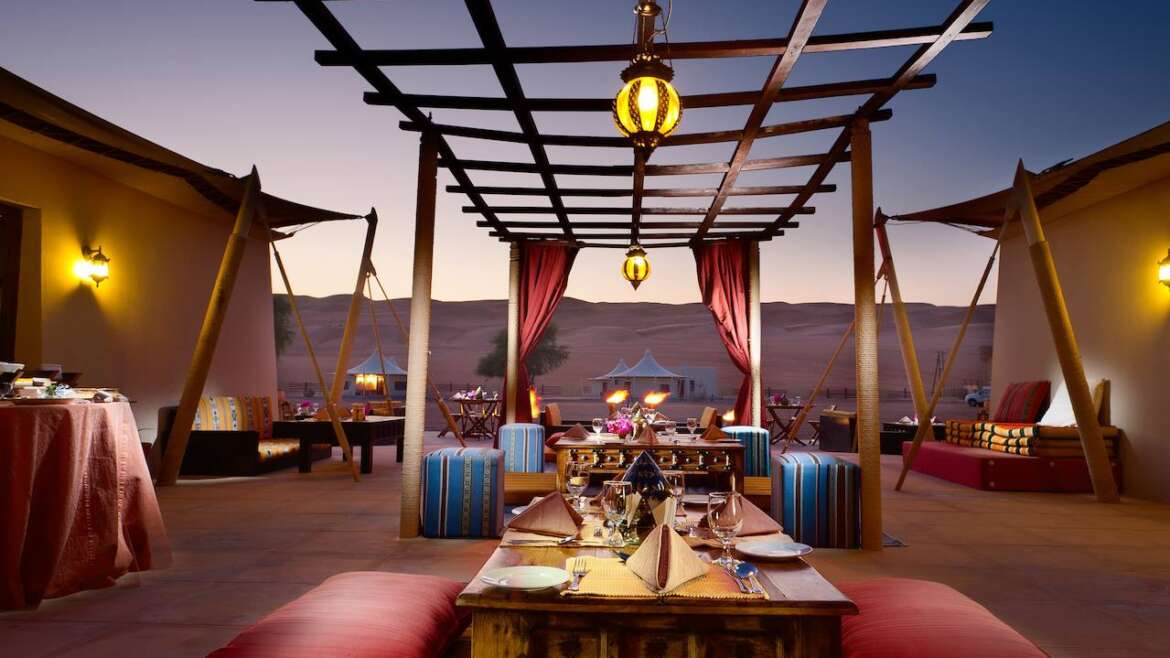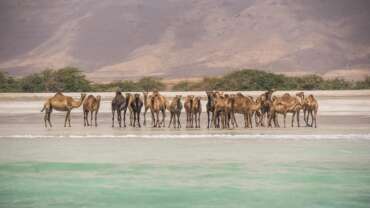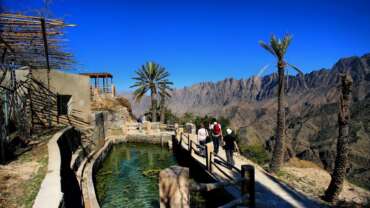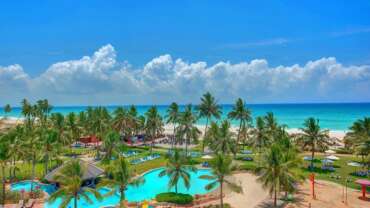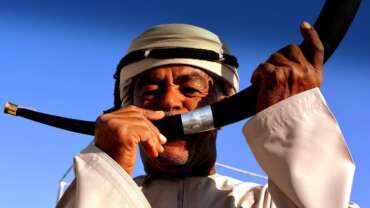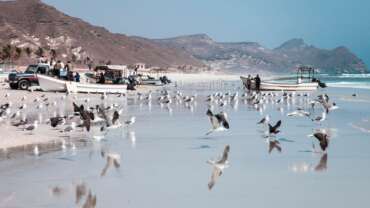Regions of Oman
COME AND EXPERIENCE OMAN
Oman is a country of contrasts, from the fjords and rugged mountains in the north to the sandy deserts heading south.
MUSCAT
THE MODERN CAPITAL OF OMAN
Muscat is the modern capital of Oman and offers visitors a stunning combination of old and new. From the architectural masterpiece that is the Sultan Qaboos Grand Mosque, to its rugged mountain backdrop and breath-taking beaches, this city never fails to entertain and inspire.
There is an abundance of choice for visitors, from world-class shows at the Royal Opera House Muscat, to fine dining at one of the many restaurants scattered across the capital or shopping for traditional souvenirs at Muttrah Souq, one of the oldest in Arabia.
Museums, such as the Children’s Museum, Natural History Museum, National Museum or Bait Al Zubair welcome those who wish to delve deeper into the Sultanate’s rich natural and cultural history. For art lovers, there are a number of galleries showcasing modern Omani art.
As for activities, the capital region has almost endless possibilities. Whether it is snorkelling at the Daymaniyat Islands, trekking from Old Muscat to Muttrah, a guided city tour or a day trip to a nearby wadi, Muscat welcomes all to experience its unique charm.
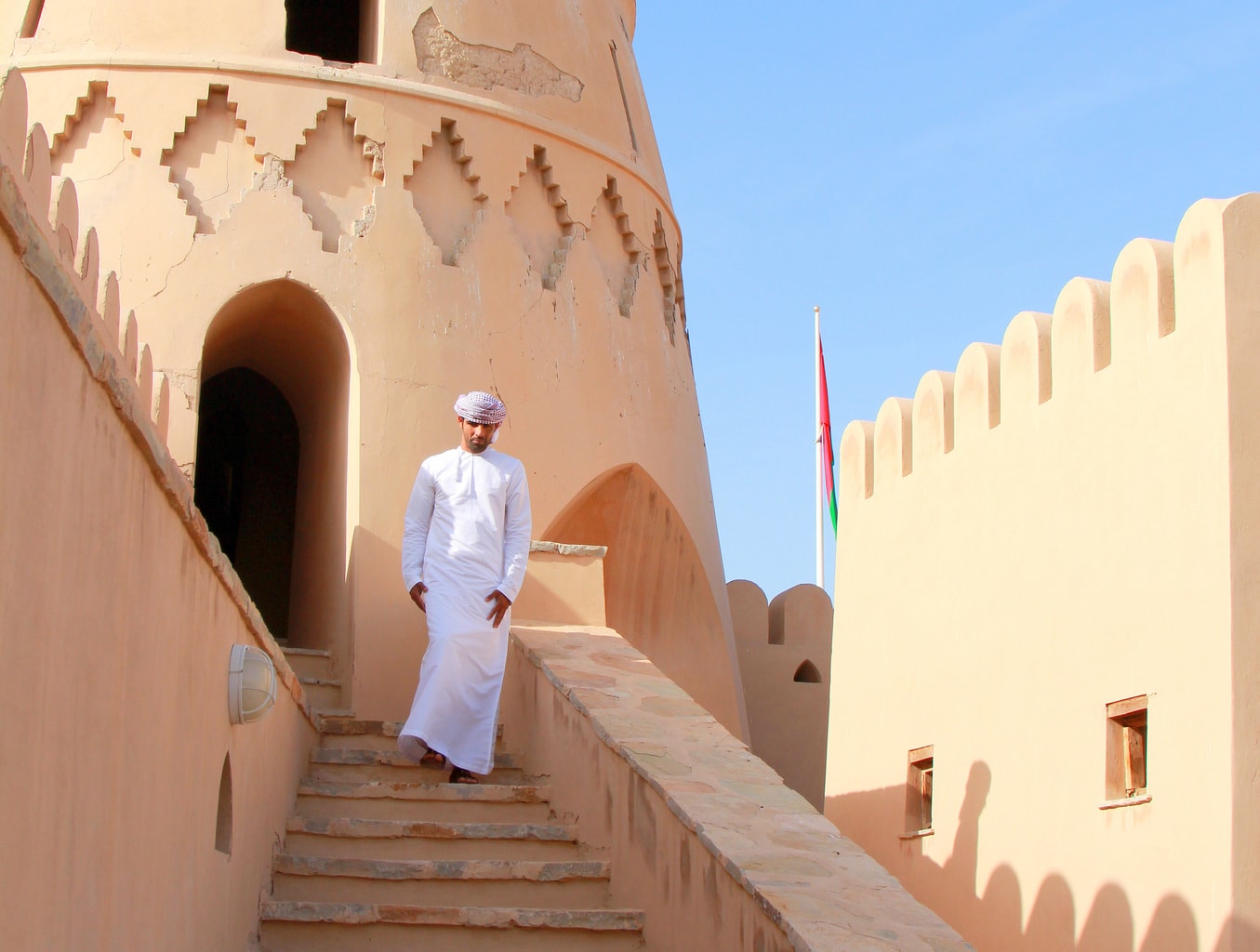
AL BURAIMI
RICH IN OMAN HISTORY
Located in the north-west of Oman and bordering A’Dhahirah, Al Buraimi is a semi-desert plain which descends from the southern slopes of the western Al Hajar Mountains. Ruins in the area, such as those found at the villages of Sharm and Madhbah, highlight the existence of ancient trade routes.
From the ‘Fossil Valley’ of Jebel Huwayah to the many castles within the interior villages and countryside and the golden sands of the Rub Al Khali (the Empty Quarter), Al Buraimi offers plenty of opportunities for those with a taste of adventure.
The town of Al Buraimi also serves as the traditional border to Al Ain (UAE), about 370km from Muscat.
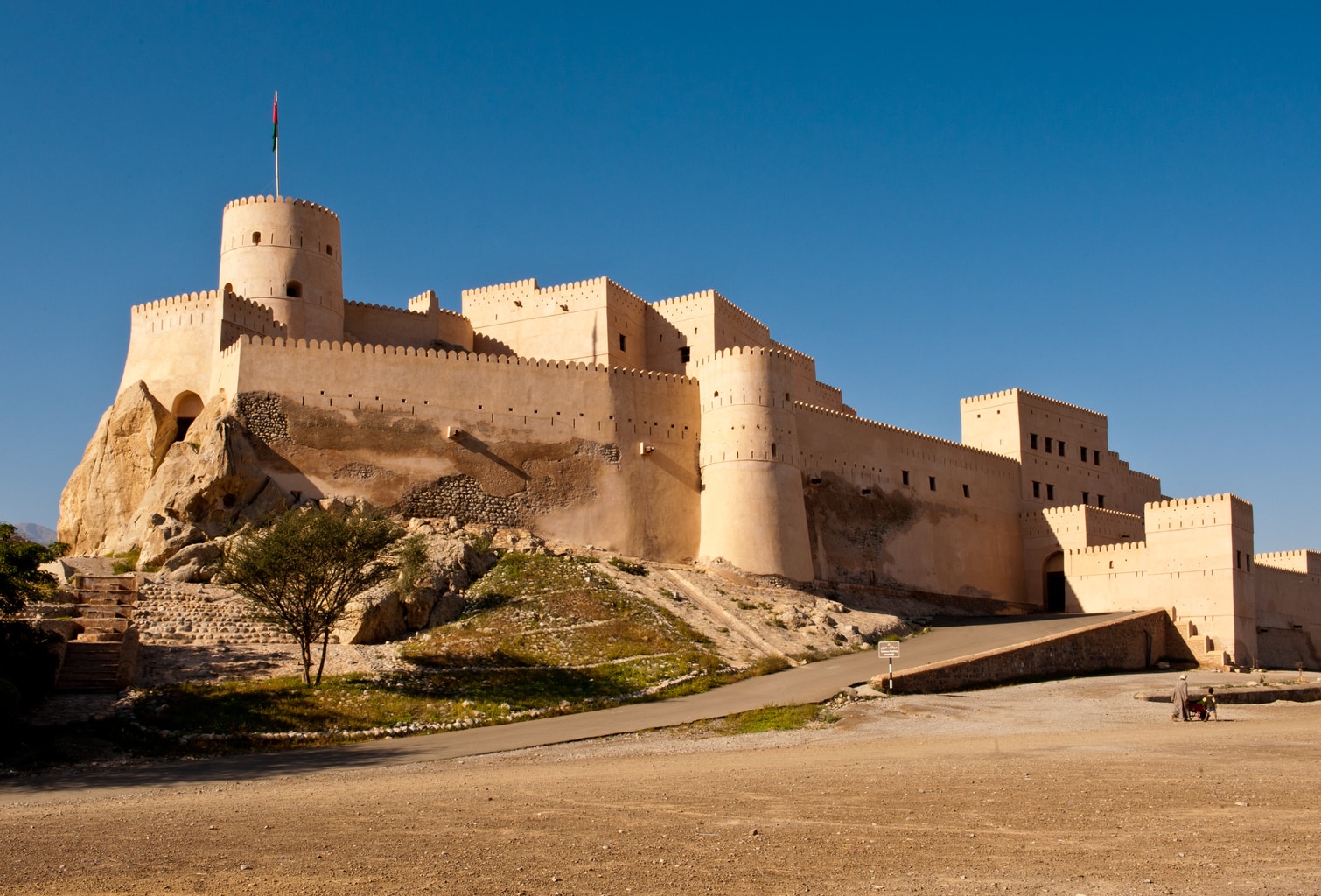
AL BATINAH NORTH
DOTTED WITH HISTORIC SIGHTS AND BREATH-TAKING SCENERY
Al Batinah North governorate is an expansive coastal area that hosts a fertile agricultural plain that extends along the coast and extends over its lands agricultural fields and population centers. In this governorate are distributed many castles, forts, fences and ancient villages, the most famous of which is Sohar Fort and the forts in Shinas, Liwa, Saham, Al Khabourah and As Suwayq. Al Batinah North Governorate has a very vital geographical location extending along the southern coast of the Sea of Oman.
Sohar, Oman’s capital city in ancient times, is located in this region and rumoured to be the hometown of the legendary Sindbad the Sailor. Today, the city is one of the largest in the Sultanate, housing one of the region’s largest ports and many of the country’s main industries.
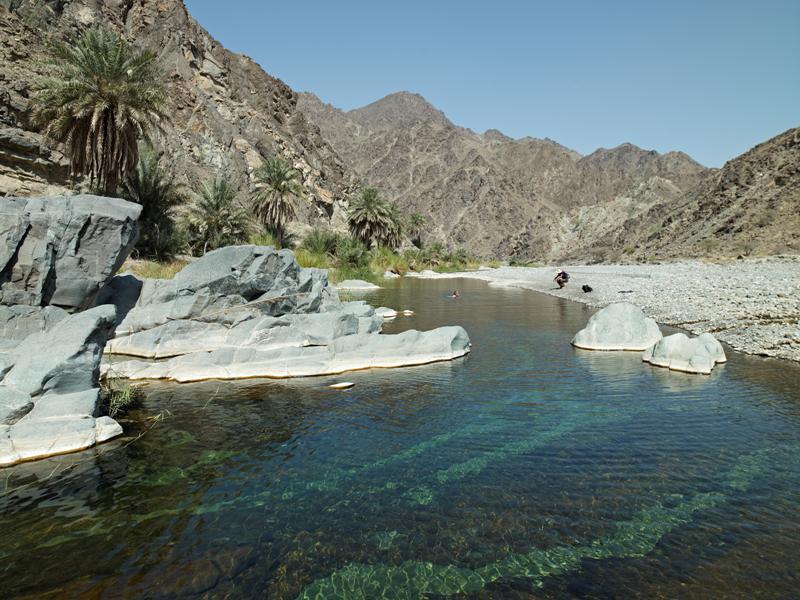
AL BATINAH SOUTH
South Al Batinah Governorate extends between the Sea of Oman in the east and the foothills of the Western Hajar Mountains in the west, and by virtue of its location, economic potential and population density, it has played an influential role throughout Omani history
Dotted with historic sights and breath-taking scenery, South Al Batinah is considered the green belt of Oman with most of the country’s fresh produce harvested on plantations in the area.
South Al Batinah Governorate is a home to many beautiful wadis and villages, such as Wadi Mistal and Wakan Village, and attractions such as Nakhal Fort and the hot springs of Ain Al Thowara. It includes six districts: Al Rustaq, Al Awabi, Nakhal, Wadi Al Maawil, Barka and Al Musanaah.
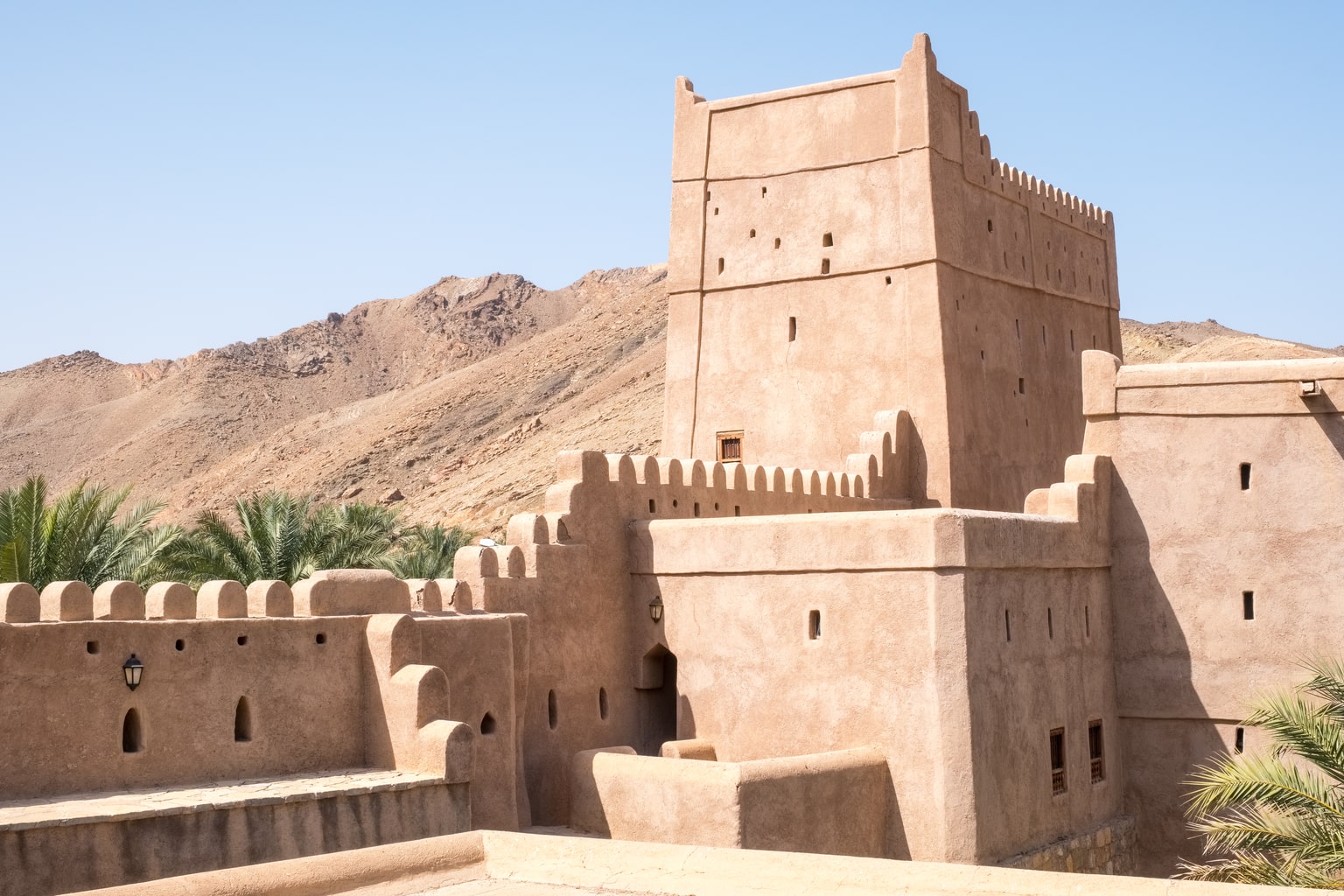
A’DHAHIRAH
RICH IN ARCHAEOLOGY AND HISTORY
Once situated in prime position on the ancient trade routes, A’Dhahirah in Oman’s west is traditionally the bridge between Oman’s stunning mountain ranges and the neighbouring UAE and Saudi Arabia.
Archaeology and history play a major role in this region, which extends all the way from the Al Hajar Mountains to the Empty Quarter known as Rub Al Khali.
The city of Ibri can be reached within a few hours from Muscat, and is home to the impressive Ibri Fort, with its ancient mosque and many different gates. The small village of Bat, east of Ibri, is home to a remarkable array of beehive tombs from the Bronze Age, listed as a UNESCO World Heritage Site since 1988.
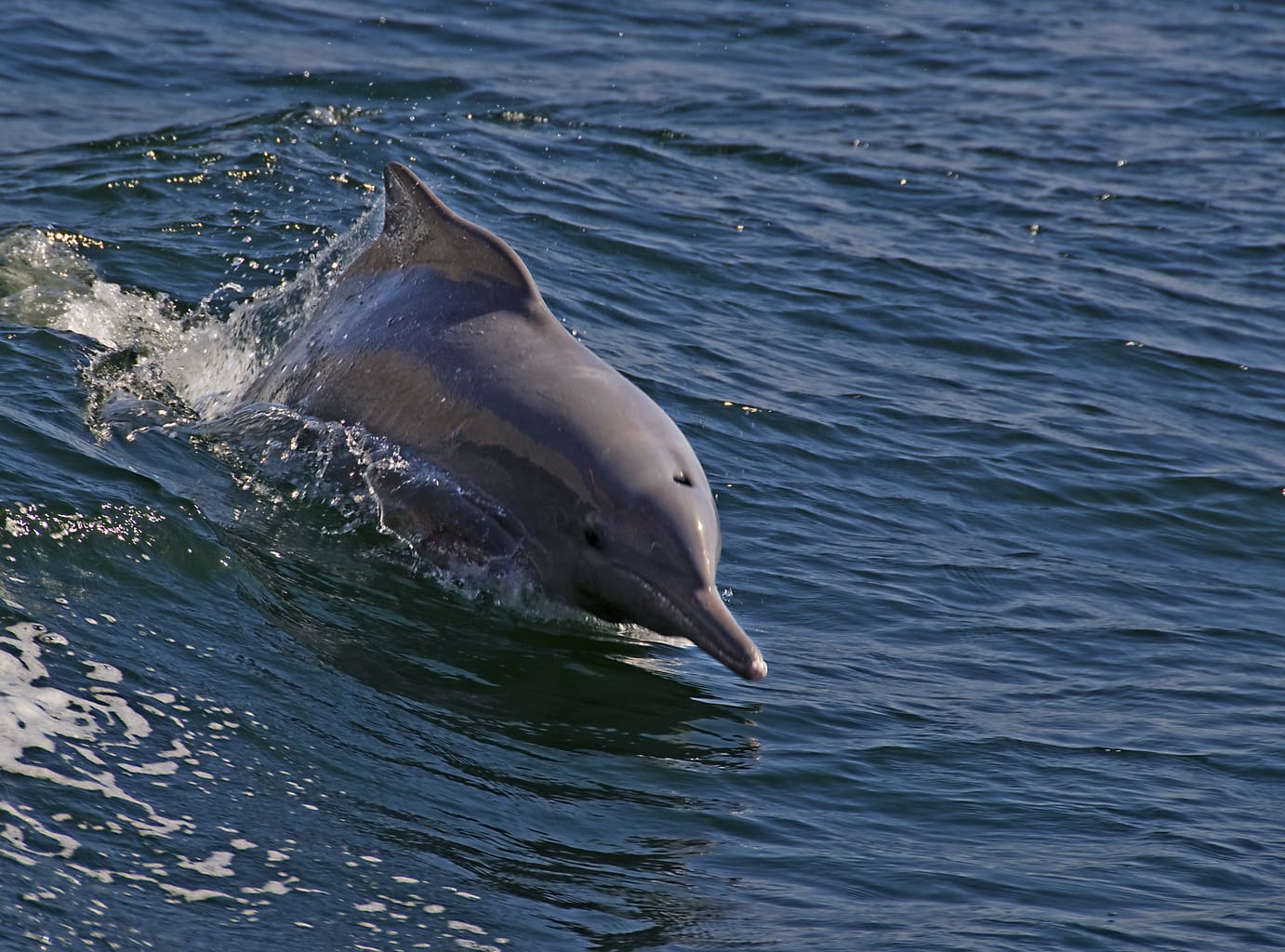
AL WUSTA
SANDY BEACHES STRETCHING FOR MILES
Flanked on the east by the Arabian Sea, on the west by the Rub Al Khali – The Empty Quarter – and by Oman’s most southern governorate – Dhofar – to the south, Al Wusta covers a large area in the middle of the Sultanate.
The governorate possesses a long curving coasting and is home to vast sandy beaches stretching for miles. Settlements in this region are generally smaller but this region is a haven for wildlife and nature lovers. Bird watching enthusiasts can spot over 130 different species, including migratory birds from as far away as Europe. The Barr Al Hikman peninsula is especially known for visiting flocks of flamingos.
Further inland, the Arabian Oryx Sanctuary was established to protect the Arabian Oryx, a native breed of antelope that lives in the desert areas of the Arabian Peninsula. Other species that can be found at the sanctuary include Nubian ibex, Arabian wolves and Arabian gazelle.
The Rock Gardens of Duqm and the salt plains of Mahout are just some of the geological areas of interest in Al Wusta. This and a score of untouched beaches make a visit to this region a special experience.
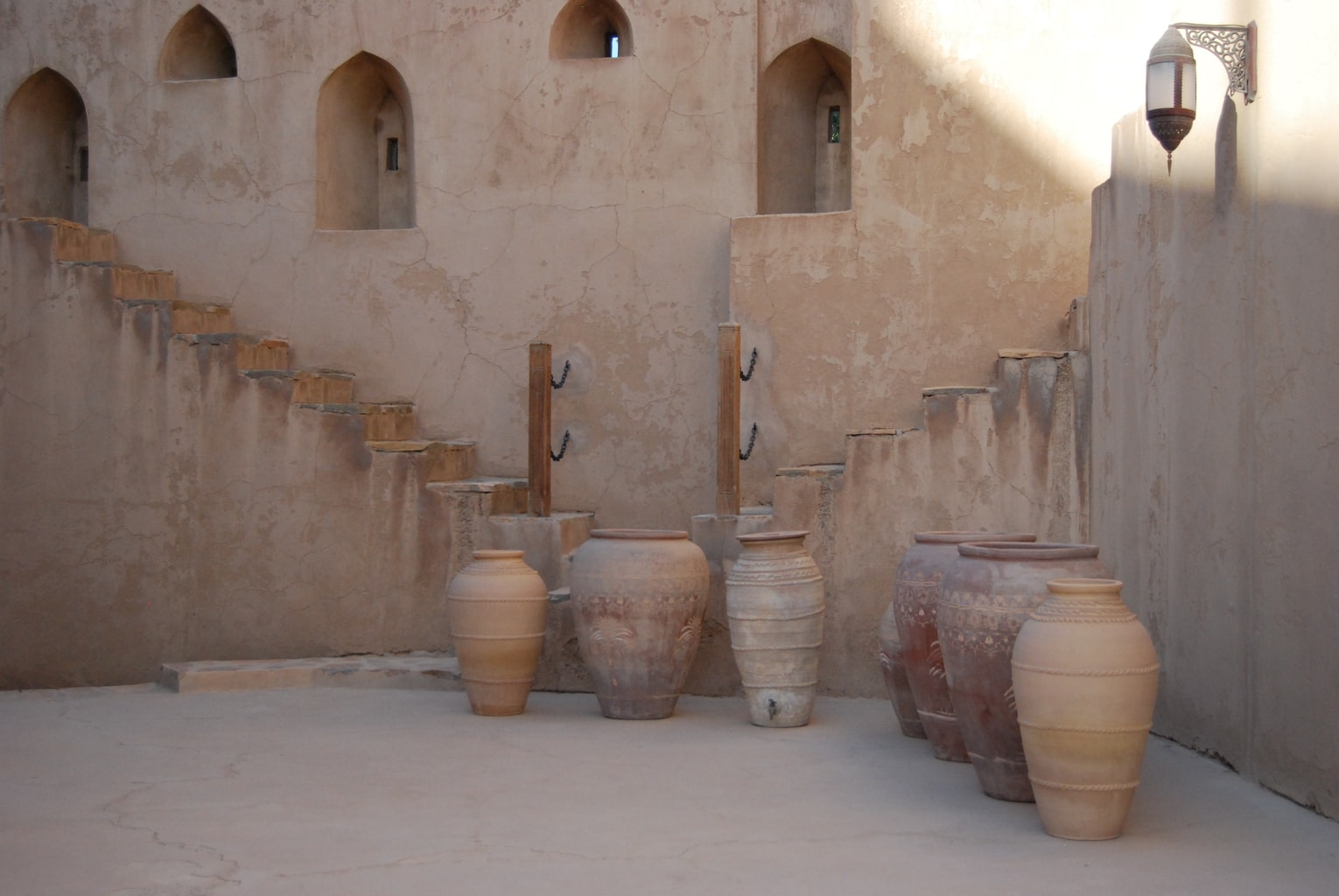
A’DAKHILIYAH
HOME TO SOME OF OMAN’S GREATEST ATTRACTIONS
A’Dakhiliyah, meaning ‘The Interior’, is a land-locked governorate comprised of a portion of the Al Hajar Mountain range and eight separate districts: Adam, Al Hamra, Bahla, Bidbid, Izki, Manah, Nizwa and Samail.
Some of Oman’s greatest attractions are in this region, including the Sultanate’s highest mountain – Jebel Shams – and Jebel Al Akhdar, a mountainous plateau that is known for its green terrace fields brimming with roses, pomegranates and other fruit.
The Al Hoota Caves, a recently-restored vast cave system estimated to be over two million years old and rich with stalactites and stalagmites, and many ancient castles and forts which have also been beautifully restored and are now open to the public are also of interest, especially UNESCO World Heritage Sites the Bahla Fort and the renowned Nizwa Fort and Souq.
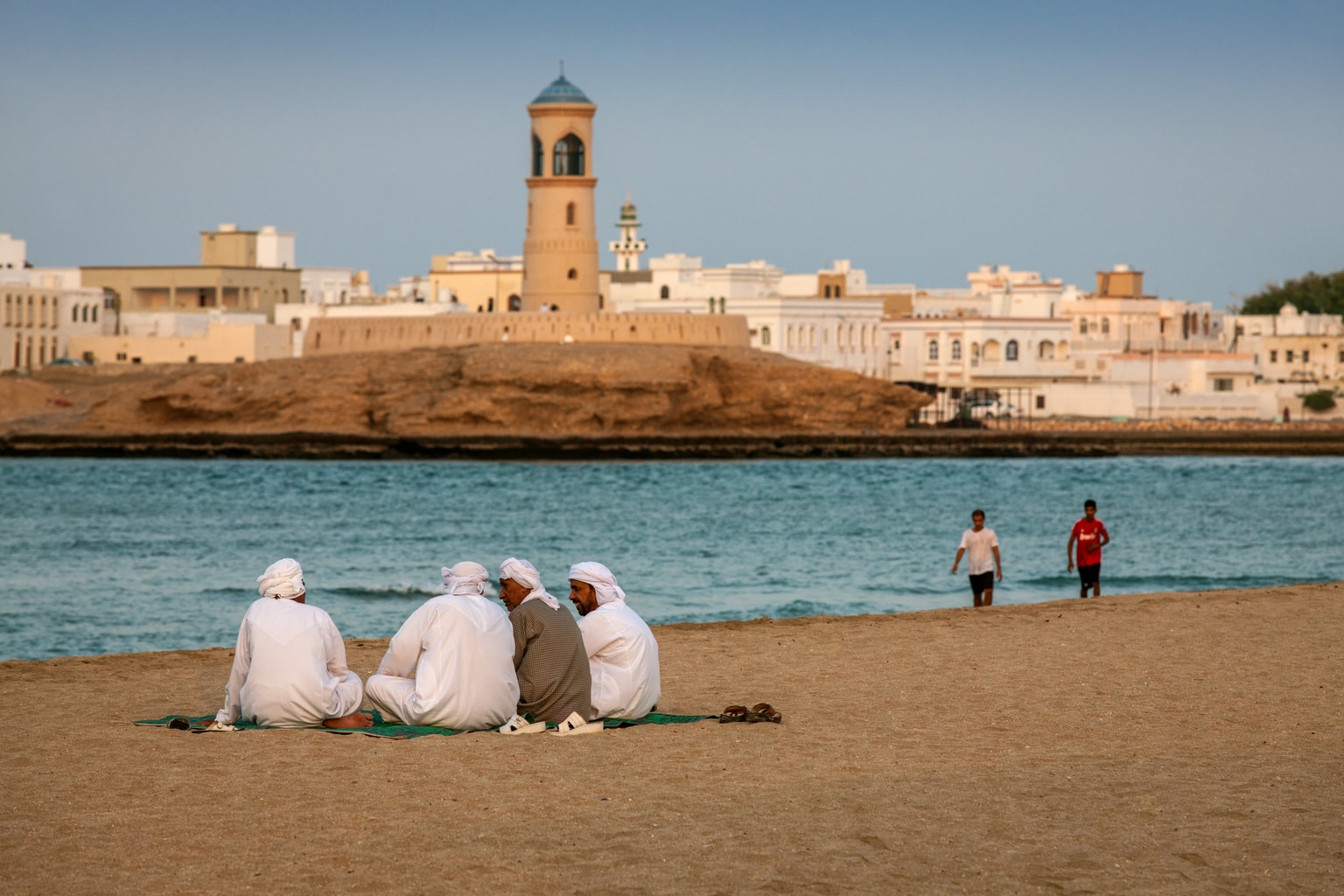
A’SHARQIYAH NORTH
THE GEOGRAPHICAL JEWEL OF THE SULTANATE
Consisting of the governorates of North and South Ash Sharqiyah, this part of Oman is widely considered the geographical jewel of the Sultanate. It is here that stunning coastlines give way to the unique ecosystem that is Sharqiyah Sands, making this region a paradise for adventurers and explorers.
North A’Sharqiyah Governorate overlooks the internal side of the Hajar Mountains, to the north it is connected to Muscat Governorate, to the west is Al Dakhiliyah Governorate, and to the east and south is South A’Sharqiyah Governorate. It includes six districts: Ibra, Al-Mudaybi, Bidiyyah, Al Qabil, Wadi Bani Khalid and Dama Wa Al-Taeyeen.
The Sharqiyah Sands allows visitors to experience the desert first hand, with dunes reaching as far as the horizon and the area teeming with wildlife. Local Bedouins continue to breed livestock, including camels and Arabian horses, and visitors get the chance to see camel racing and other competitions throughout the year.
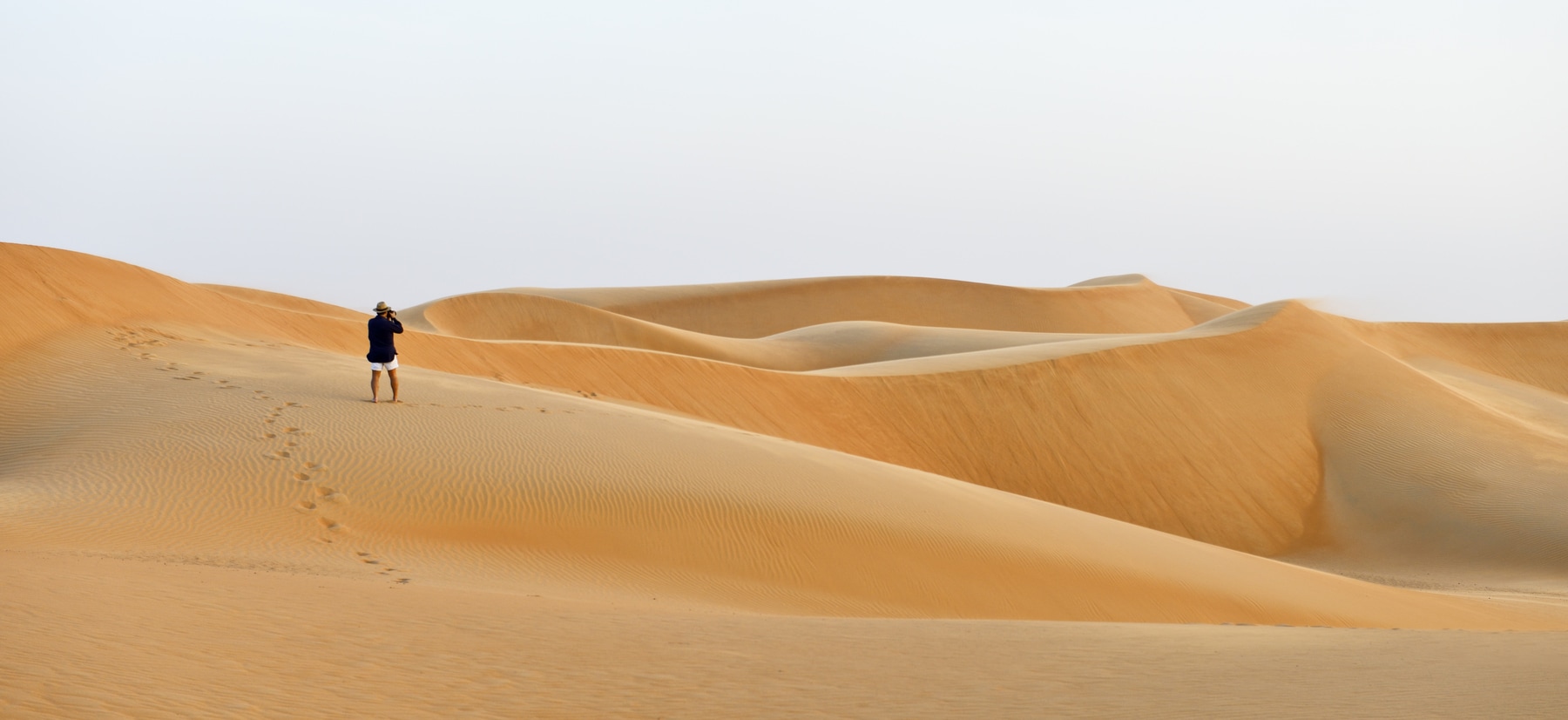
A’SHARQIYAH SOUTH
THE GEOGRAPHICAL JEWEL OF THE SULTANATE
Consisting of the governorates of North and South Ash Sharqiyah, this part of Oman is widely considered the geographical jewel of the Sultanate. It is here that stunning coastlines give way to the unique ecosystem that is Sharqiyah Sands, making this region a paradise for adventurers and explorers.
The South A’Sharqiyah Governorate is the north-eastern facade of the Sultanate of Oman. It overlooks the Arabian Sea from the east and is connected to the Sharqiyah sands from the south and Al-Dakhiliyah Governorate from the west. South A’Sharqiyah governorate includes five districts: Sur, Al-Kamel Wa Al-Wafi, Jalan Bani Bu Hassan, Jalan Bani Bu Ali and Masirah Island.
The white sand and pebble beach found between Wadi Shab and Wadi Tiwi are great for water enthusiasts. The city of Sur, famed for its ship building, makes for fantastic camping and fishing locations. It should also come as no surprise that this area offers an amazing range of activities for nature and sea lovers; from turtle watching at Ras Al Hadd, to kite surfing on Masirah Island or visiting the traditional Dhow yard of Sur, where Arabia’s ancient style of boat continue to be crafted by hand.
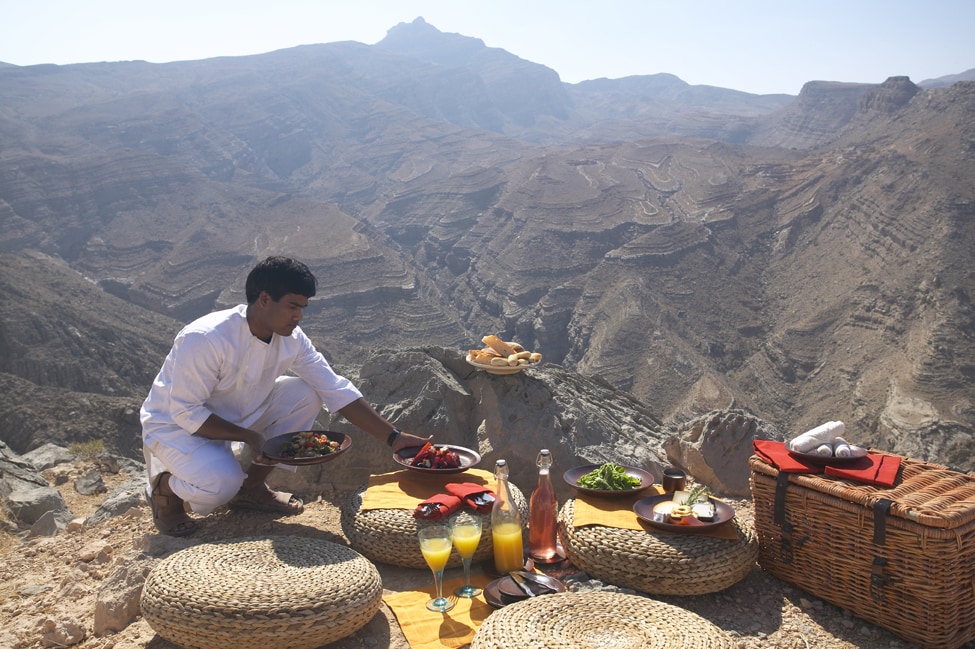
MUSANDAM
EXPERIENCE DRAMATIC LANDSCAPES
The exclave of Musandam is Oman’s northernmost governorate, separated from the rest of Oman by the UAE and home to some of the Sultanate’s most dramatic landscape. Here, 2000m high mountains meet the sea with stunning fjords and crystal-clear waters making this area one of the best diving and snorkelling spots in the world.
The city of Khasab makes a great base from which to explore the Musandam Peninsula, where you can enjoy the scenery from on the water, starting with a cruise on a traditional Dhow to spot pods of dolphin resting and feeding and continuing with a trip to the surrounding mountains and fjords by 4WD vehicle or mountain bike if you’re feeling extra adventurous.
The village of Kumzar is accessible only by boat and requires an invitation from a local. Alternatively, boat trips to Telegraph Island or Khawr Najd make for an unforgettable one or two-day excursion.
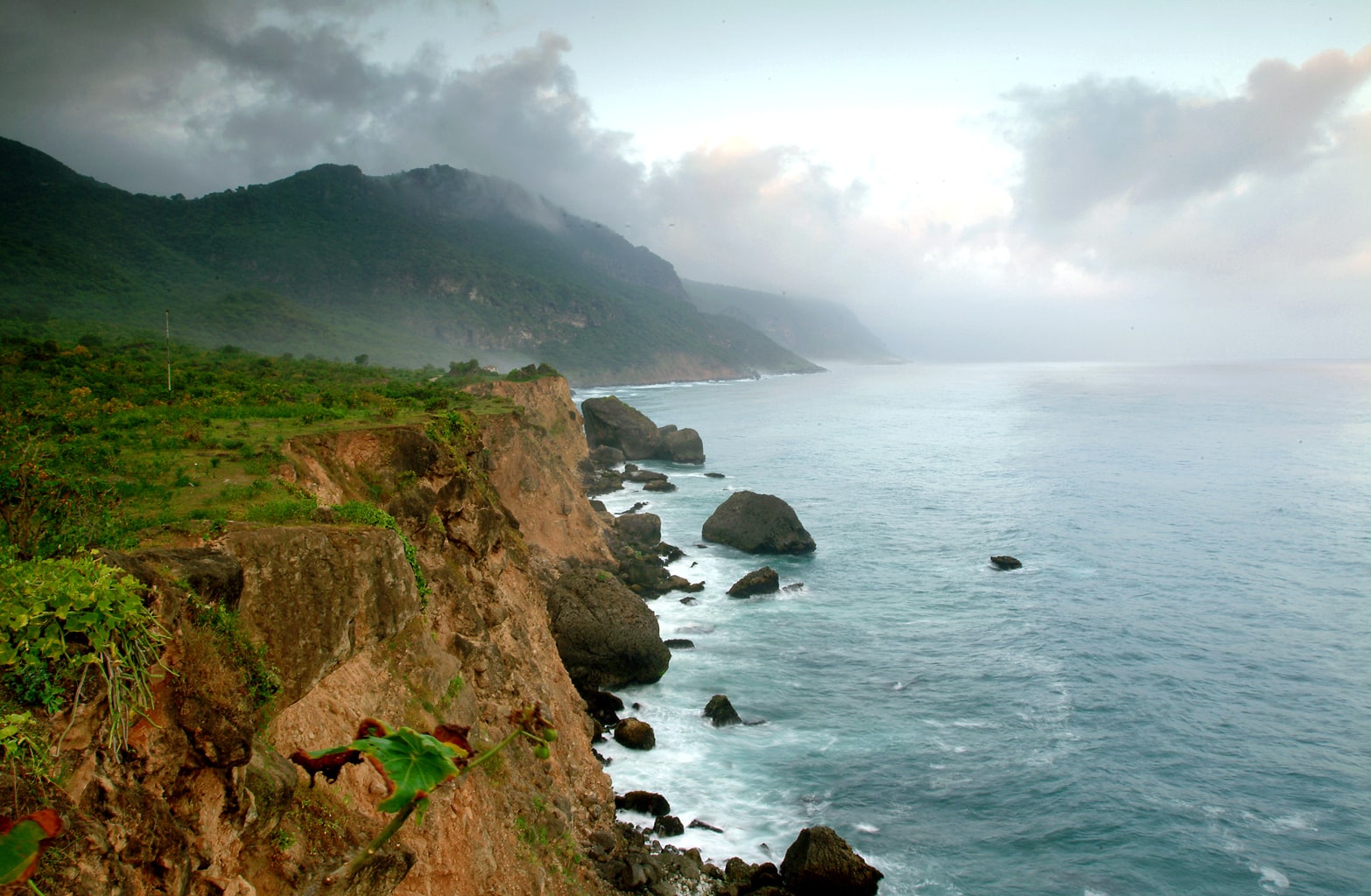
DHOFAR
BREATH-TAKING BEACHES
Although Dhofar lies over 1,000 kilometres from the capital city of Muscat, planning a trip is easy with daily flights between Muscat and Salalah and direct connections from other Arab Gulf states. Those with some spare time may also opt to drive the coastal road to Salalah, traversing through Al Wusta and seeing some of Oman’s most remote yet breath-taking beaches.
Oman’s southernmost region is host to many unique attractions including Prophet Ayoub’s Grave nestled deep in the mountains, the blowholes of Mughsayl and the Land of Frankincense – a UNESCO World Heritage Site. Deep sea diving and snorkelling off the coast of the Hallaniyat Islands are just some of the more adventurous activities available through local tour operators.
In the summer months, when most of the Arabian Peninsula experiences soaring temperatures, Dhofar ushers in the monsoon season, bringing with it lush greenery, cooling rains and pleasant temperatures. Locally known as Khareef, this special season starts from late June to early September and coincides with the Salalah Tourism Festival, which is held every year.



